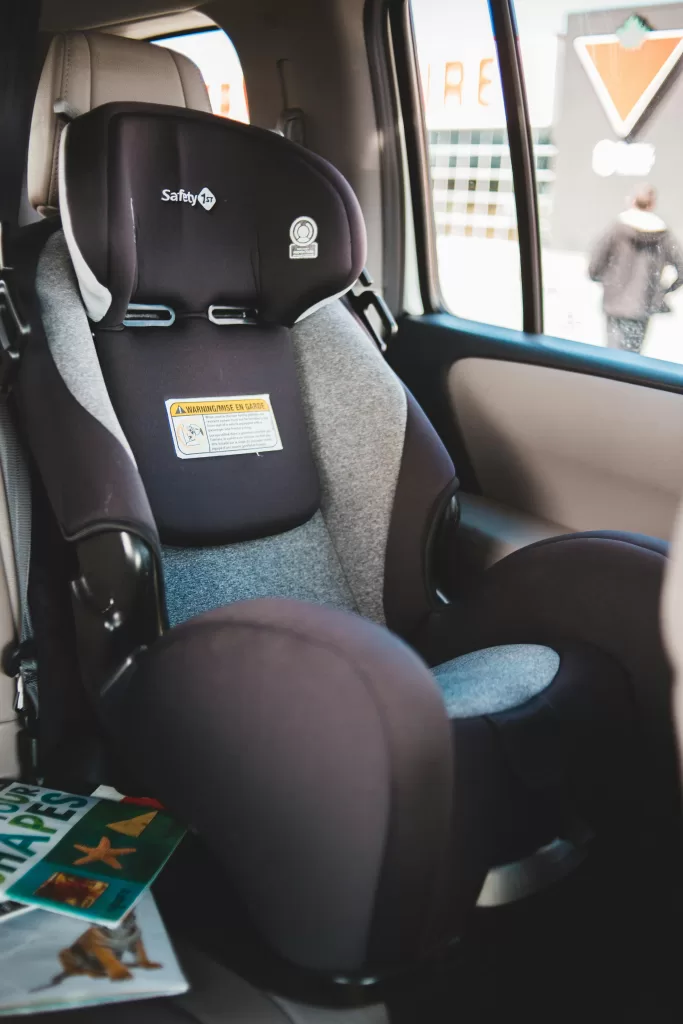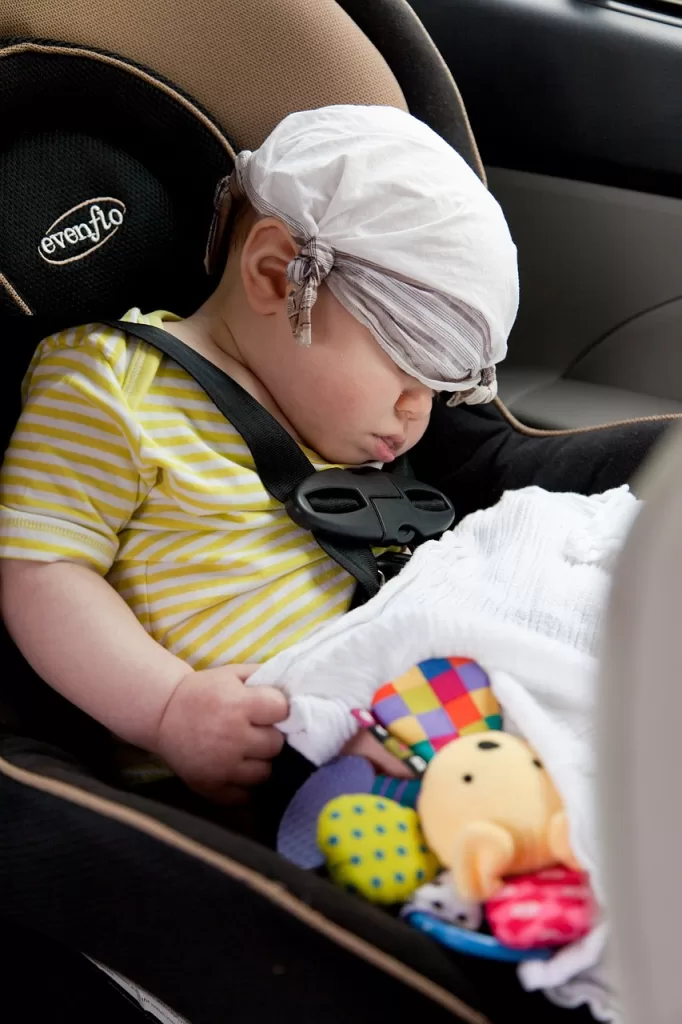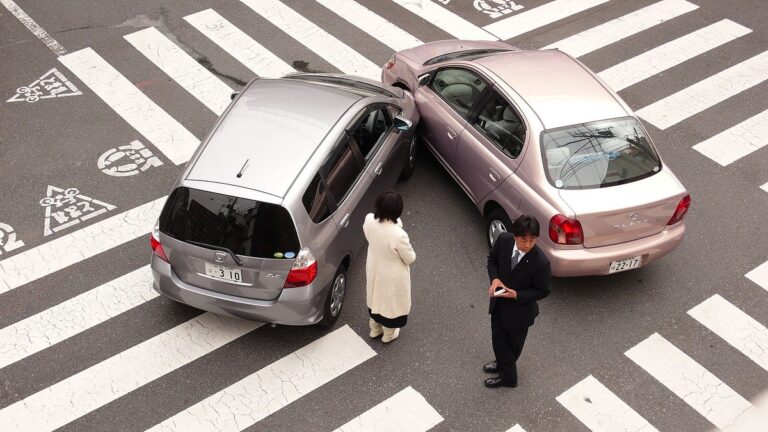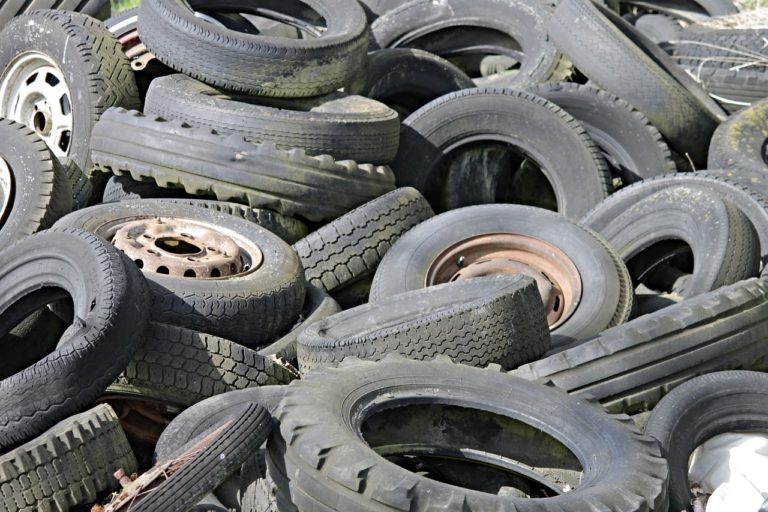5 Important Things To Know About Rear-Facing Vs Forward-Facing Car Seats
Road crashes remain a persistent global health crisis. Road traffic accidents continue to be the leading cause of death among children and youth ages 5 to 29, taking more than two lives every minute and 3200 every day.
The top concern for parents in a report of such uncertain stats is their child’s safety. Choosing the right car seat for your child is a decision that requires careful consideration. Two primary options dominate the market: rear-facing and forward-facing car seats. Let’s delve into a comparative analysis to learn more about both options.

Rear-Facing vs Forward-Facing Car Seats: A Comparative Analysis
Understanding Rear-Facing Seats
Rear-facing car seats have gained popularity due to their proven safety benefits. They are designed to cradle infants and toddlers in a rear-facing position, distributing crash forces across the child’s entire body.
Studies show that a rear facing car seat can reduce the risk of injury by up to 75% compared to forward-facing car seats in a crash. This is because rear-facing seats protect a child’s spine, neck, and head better against the inertia your braking force produces.
Exploring Forward-Facing Car Seats
Forward-facing car seats are for older children who have outgrown their rear-facing seats. They offer different advantages, such as allowing children to interact more easily with caregivers and providing a better view of the surroundings during the car rides.
While forward-facing seats do protect the child in the event of a crash, they are not as effective as rear-facing seats in mitigating certain types of injuries, particularly those related to the head and neck.
Comparison of Safety Features
Rear-facing car seats have a more evident advantage when comparing safety features. In a collision, rear-facing seats distribute crash forces across the child’s entire body, reducing the risk of neck, head, and spine injury. This is crucial for infants and young children whose bodies are still developing and are more susceptible to serious injuries.
While offering protection, forward-facing seats primarily focus on restraining the child’s torso during a crash. This can increase the risk of whiplash and head injuries, especially in younger children whose neck muscles are not fully developed. However, forward-facing seats may provide better protection against other injuries, such as abdominal trauma.
Weight, Age, and Height Limit
- Weight limit: Typically, rear-facing car seats can accommodate children up to a weight limit ranging from 22 to 40 pounds (10 to 18 kilograms), although some convertible car seats have higher weight limits. Forward-facing car seats are typically for children who have outgrown the weight and height limits of rear-facing seats. Weight limits for forward-facing car seats usually range from 40 to 65 pounds(18 to 29 kilograms) or more.
- Height limit: Rear-facing car seats often have height limits ranging from 28 to 35 inches (71 to 89 centimeters). Height limit for forward-facing cars may vary but usually ranges from 40 to 49 inches (102 to 125 centimeters).
- Age: Some recommend keeping children rear-facing for as long as possible, at least until age 2, while others suggest that a child should be rear-facing for 15 months at the least. However, many convertible car seats allow for rear-facing use beyond these ages. Organizations recommend keeping children in forward-facing seats as long as possible until they reach the maximum weight or height limit the car seat manufacturer allows.
Endnote
The decision between rear-facing and forward-facing car seats ultimately comes down to prioritizing safety and considering individual needs and preferences. While both options offer protection for children during car rides, rear-facing car seats have been proven to provide superior safety benefits, especially for infants and young children.









